

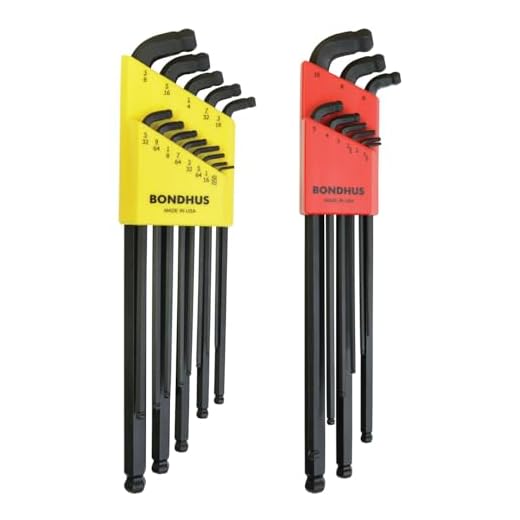

To achieve a gentler stream on your high-pressure cleaner, simply swap the nozzle. Opt for a wider nozzle, such as a 25-degree or 40-degree variant, which disperses water more broadly and reduces force, making it ideal for delicate surfaces like cars or painted fences.
Another effective method involves manipulating the flow control settings present on many models. Look for a dial or lever that allows for adjustment of water output. Reducing this flow can maintain performance while lowering intensity, perfect for jobs that require a softer touch without sacrificing cleanliness.
In some cases, consider using an accessory like a foam cannon, which introduces soap to the water stream and simultaneously decreases impact. This approach not only lessens intensity but can also enhance cleaning capability on stubborn grime.
It’s important to note that modifying the intensity can help prolong the life of various surfaces and materials. Keeping surfaces safe and intact should be a priority, especially with sensitive items or structures.
Adjusting the Intensity of a Cleaning Device
Reducing intensity is possible using several methods. First, most machines feature a variable nozzle or adjustable spray settings. Changing to a wider spray pattern can significantly diminish force, allowing for gentler cleaning on delicate surfaces.
Additionally, decrease motor speed if your unit has a dual pressure option. Many models have a specific setting for light-duty tasks. This adjustment reduces not only the force of the stream but also conserves water and energy.
Alternatively, mixing in a detergent can soften the impact. Foam cannons are effective in this regard, as they create a thick layer that lessens the harshness while still providing a thorough clean.
Finally, distance plays a crucial role. Increasing the distance from the surface being cleaned will naturally diffuse the water’s strength. Aim for at least two feet away for more fragile items like vehicles or painted surfaces.
Understanding Pressure Settings on Different Models
Each model of cleaning device comes with its unique characteristics and functionalities concerning output force. Familiarising yourself with these specifics is crucial for optimising performance. Generally, devices feature adjustable settings that allow tweaking of the intensity based on the task at hand. It’s vital to explore the user manual for precise guidance tailored to your model.
Adjustability Features
Some units incorporate built-in nozzles or head attachments that modify the discharge’s intensity. Many models offer accentuated options, ranging from low-output for delicate tasks like washing vehicles to high-output for intense applications such as graffiti removal. Variable settings empower users to select an adequate level for their cleaning needs.
Understanding Ratings
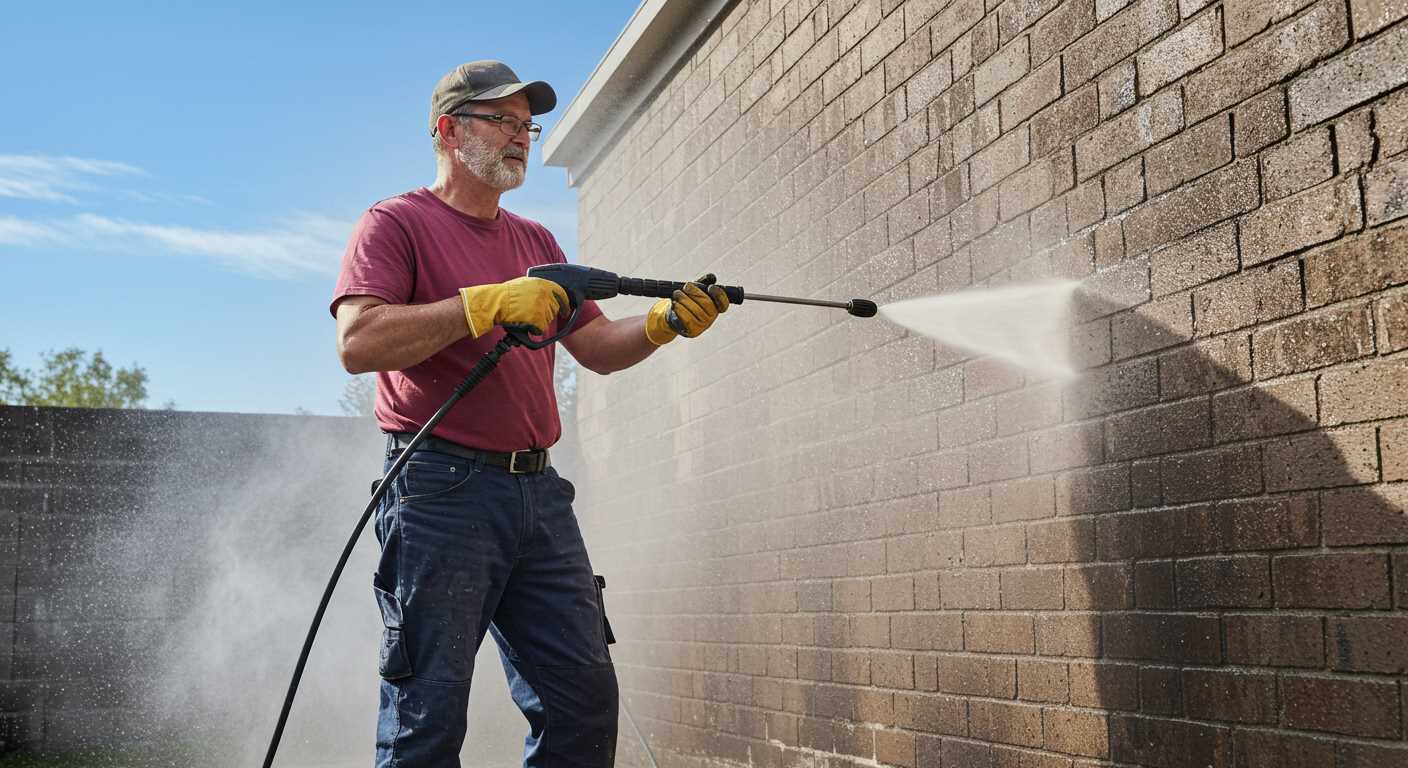
When examining units, pay attention to the rated flow and force metrics, typically expressed in bars or PSI. Higher ratings indicate increased discharge energy, suitable for more challenging tasks. Conversely, lower ratings are ideal for surfaces requiring careful handling. Benchmarking against these statistics assists in making informed choices regarding the most suitable options for your requirements.
Tools Required to Adjust Pressure Settings
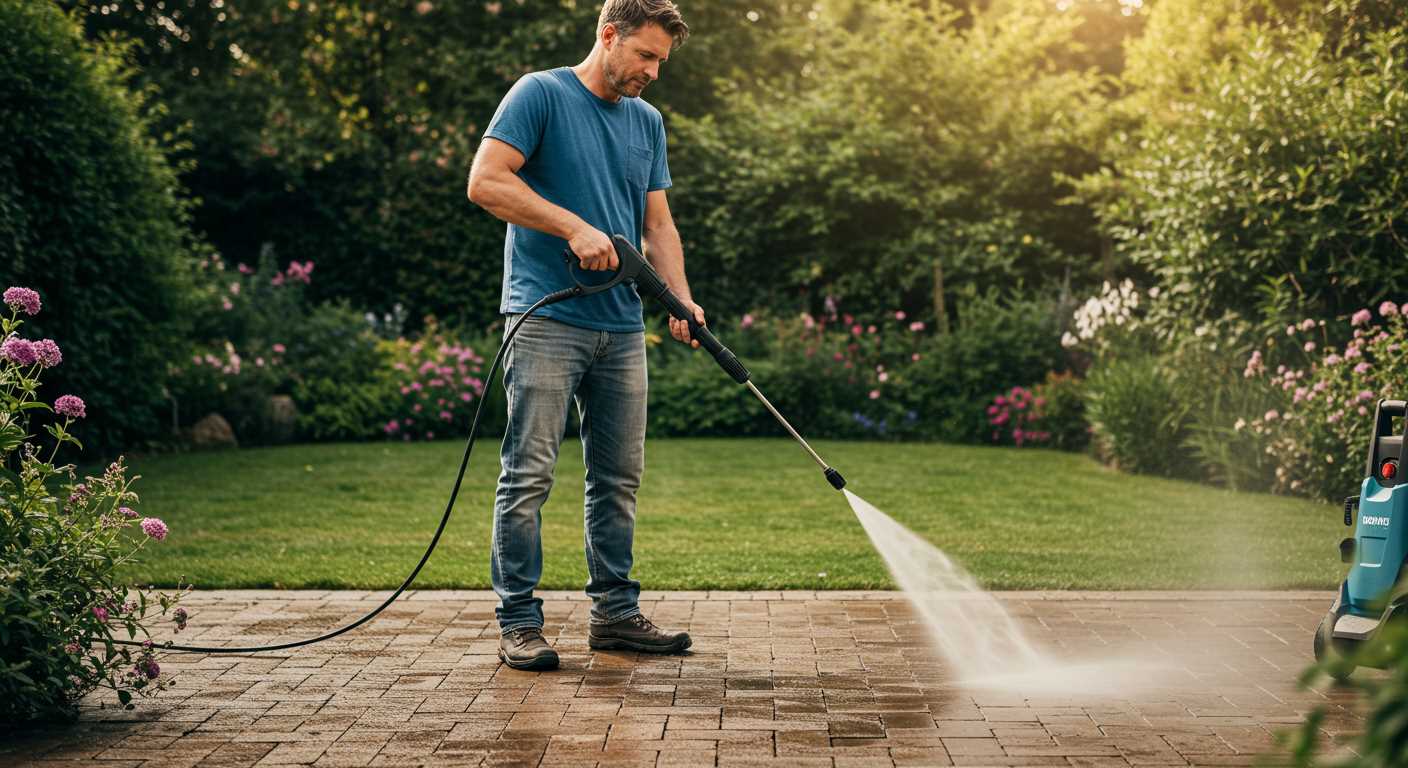
To effectively modify the output force of your cleaning device, gather these tools:
- Wrench Set: Essential for loosening and tightening fittings, particularly if adjustments are needed at the pump or hose connections.
- Screwdriver: A flat-head or Phillips screwdriver is useful for accessing adjustment screws on many models.
- Pressure Gauge: Important for measuring the current force; ensures accuracy when fine-tuning settings.
- Owner’s Manual: A handy reference for specific instructions related to adjustments for your particular model.
- Safety Goggles: Personal protective equipment is crucial to safeguard eyes while working with pressurised systems.
- Grease or Lubricant: Recommended for maintaining seal integrity during adjustments, which can prevent leaks or malfunctions.
Preparation Steps
Before starting the adjustment process, ensure the device is turned off and disconnected from the power source to prevent accidents.
Once you’ve gathered the tools, refer to the owner’s manual to locate adjustment points specific to your device. Familiarise yourself with the layout and any necessary precautionary measures.
Step-by-Step Guide to Lowering Pressure on a Pressure Washer
Adjusting the force of a cleaning device is straightforward. Here’s how to do it effectively:
1. Identify the Adjustment Method
Different models feature varying ways to alter output. Common methods include:
- Adjustable nozzle settings.
- Pressure regulators on the machine.
- Changing the spray lance for a wider angle.
2. Execute the Adjustment
Follow these steps based on your specific model:
- If using an adjustable nozzle, twist the nozzle to the desired setting. Select a wider angle for a gentler spray.
- For models with a pressure regulator, locate the adjustment dial, usually marked with numbers. Turn it counter-clockwise to lessen force.
- Swap to a low-pressure spray lance if available, designed for delicate surfaces.
After changes, always test on a small, inconspicuous area to confirm effectiveness and safety.
Common Mistakes When Adjusting Pressure Levels
Underestimating the significance of reading the user manual is a frequent error. Manuals provide manufacturer-specific instructions tailored to each model, which can prevent misadjustments.
Another common pitfall involves adjusting settings while the machine is running. This can lead to inaccurate readings and even damage the equipment. Always ensure the unit is off before making any modifications.
A major mistake is not checking the nozzle. Different nozzles provide varied spray patterns, impacting the overall efficacy of cleaning. Using an inappropriate nozzle can lead to frustration and ineffective results.
Skipping maintenance checks prior to adjustments is also problematic. Blockages or wear in hoses or filters can affect performance. Regularly inspecting these components ensures accuracy in setting pressure levels.
Rushing through adjustments can result in improper settings. Take time to make small adjustments and test performance incrementally. This allows for better control over the output and prevents overshooting desired settings.
| Mistake | Consequences | Recommendation |
|---|---|---|
| Ignoring user manual | Incorrect settings | Always read and follow the manual |
| Adjusting while running | Damage or ineffective cleaning | Turn off unit before adjustment |
| Incorrect nozzle choice | Subpar cleaning results | Use appropriate nozzle for task |
| Skipped maintenance | Inaccurate adjustments | Inspect hoses and filters regularly |
| Rushing adjustments | Overshooting desired settings | Make gradual changes and test |
Impact of Pressure Adjustment on Cleaning Performance
Adjusting the intensity of a cleaning machine significantly influences its efficiency. Lowering the force optimises the equipment for sensitive surfaces such as painted materials, wood decks, and outdoor furniture, minimising the risk of damage. By employing a gentler setting, delicate grime is effectively removed without stripping or eroding the surface.
Cleaning Outcomes Based on Pressure Levels
When the intensity is decreased, there is often a trade-off between cleaning power and required cleaning time. Light settings make it necessary to apply additional detergents or allow for longer dwell times to achieve the same level of cleanliness as with higher forces. For example, washing cars or delicate garden ornaments benefits from a well-considered reduction, allowing for thorough cleaning without adverse effects.
Choosing the Right Method for Different Tasks
For tough jobs like removing oil stains or embedded dirt, higher outputs are typically more effective. Using a lower intensity can lead to a satisfactory clean, but repeated applications might be necessary. Assessing the specific task at hand ensures the appropriate balance between output and efficacy. Customising the pressure to match the cleaning scenario drastically optimises performance, making it the key to achieving superior results while preserving both the surfaces being treated and the equipment itself.
Understanding these nuances allows individuals to tailor their approach, ensuring the machine performs effectively without causing potential harm to valued items.
Safety Considerations When Modifying Pressure
Always disconnect the unit from its power source before making any adjustments. This step prevents any accidental activation while you are working on it. Ensure that the machine is completely off and cool to touch to avoid burns or electrical shocks.
Protective Gear
Wearing appropriate personal protective equipment (PPE) is essential. Use safety goggles to guard your eyes against debris and spray, and gloves to protect your hands from chemicals. Additionally, consider wearing non-slip footwear to maintain traction when operating the equipment.
Checking Components
Before altering specifications, inspect hoses, connections, and fittings for wear and tear. Damaged parts can lead to leaks or bursts under different settings, posing a risk of injury. After modifications, conduct a thorough examination to ensure everything is secure and functioning appropriately.
Maintaining Optimal Pressure for Various Surfaces
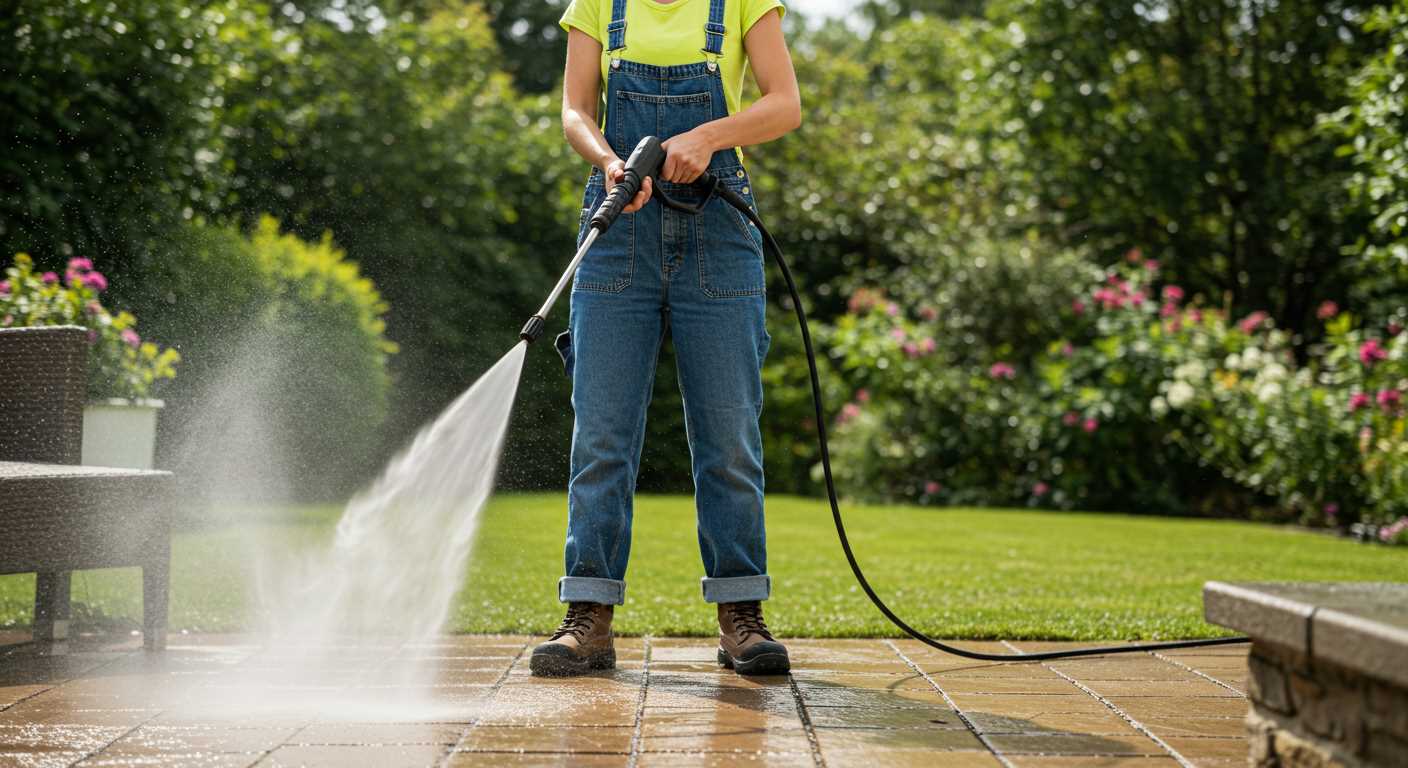
Choosing the right intensity for different materials is critical, ensuring thorough cleaning while preventing damage. Here are my recommendations for various surfaces:
Concrete
- Recommended intensity: 2500–3000 PSI.
- Ideal for driveways, patios, and sidewalks.
- Use a wide spray nozzle to achieve depth without risking surface integrity.
Wood
- Recommended intensity: 1500–2000 PSI for decks and fences.
- Use caution–higher settings can cause splintering.
- Utilize a fan or low-pressure nozzle to maintain surface quality.
Vinyl Siding
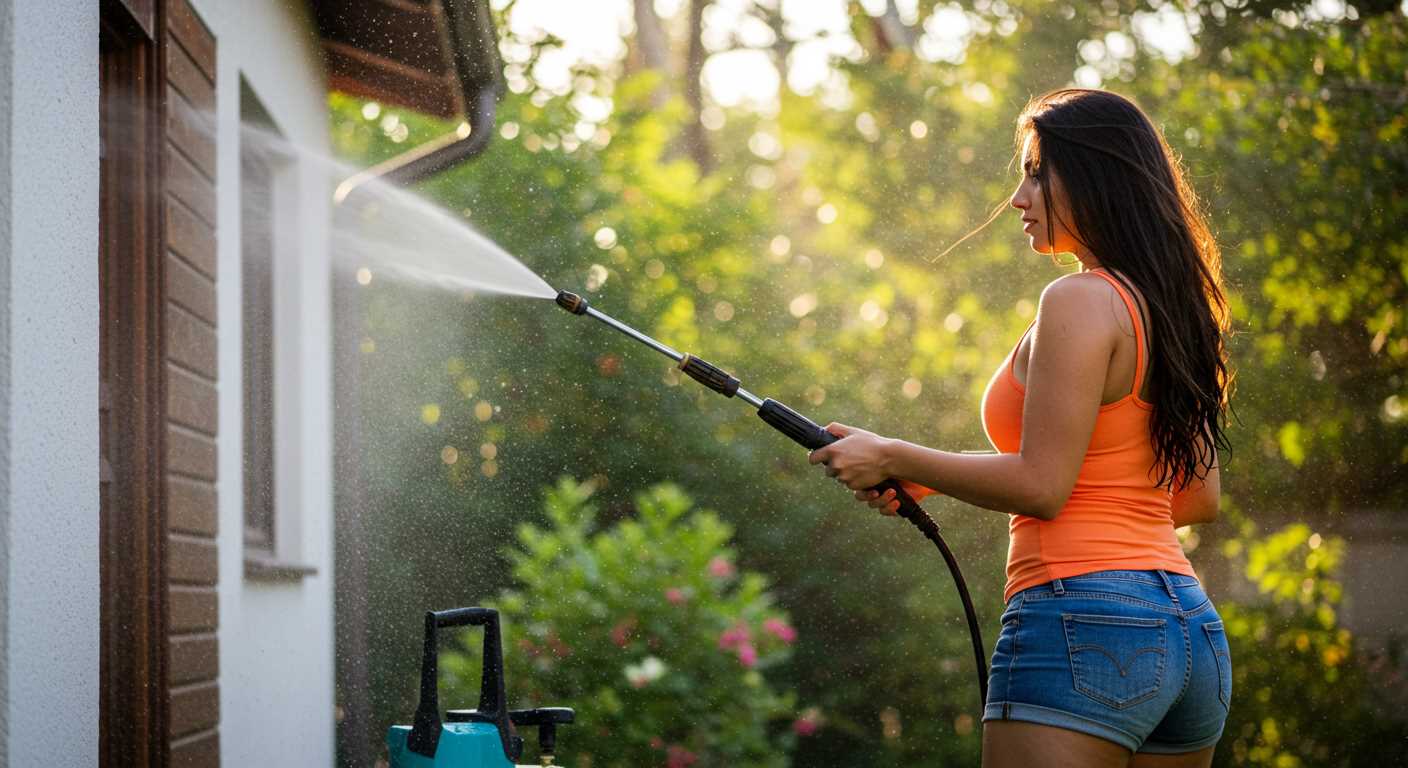
- Recommended intensity: 1200–1500 PSI.
- Ensure a consistent, sweeping motion to avoid streaks.
- A wider nozzle aids in covering more area gently.
Vehicles
- Recommended intensity: 1200–1900 PSI.
- Avoid direct nozzle contact to prevent scratches.
- Employ soap attachments for effective cleaning followed by a rinse with lower intensity.
Brick and Stone
- Recommended intensity: 2000–2500 PSI.
- Always test a small, inconspicuous area first.
- Adjust nozzle for a focussed or wider spray based on required detail.
Regular checks of the settings are vital. I suggest creating a guide specific to the surfaces you’re cleaning, noting the effective adjustments that worked well, to refine your technique over time. This will not only enhance performance but also prolong your equipment’s lifespan.










